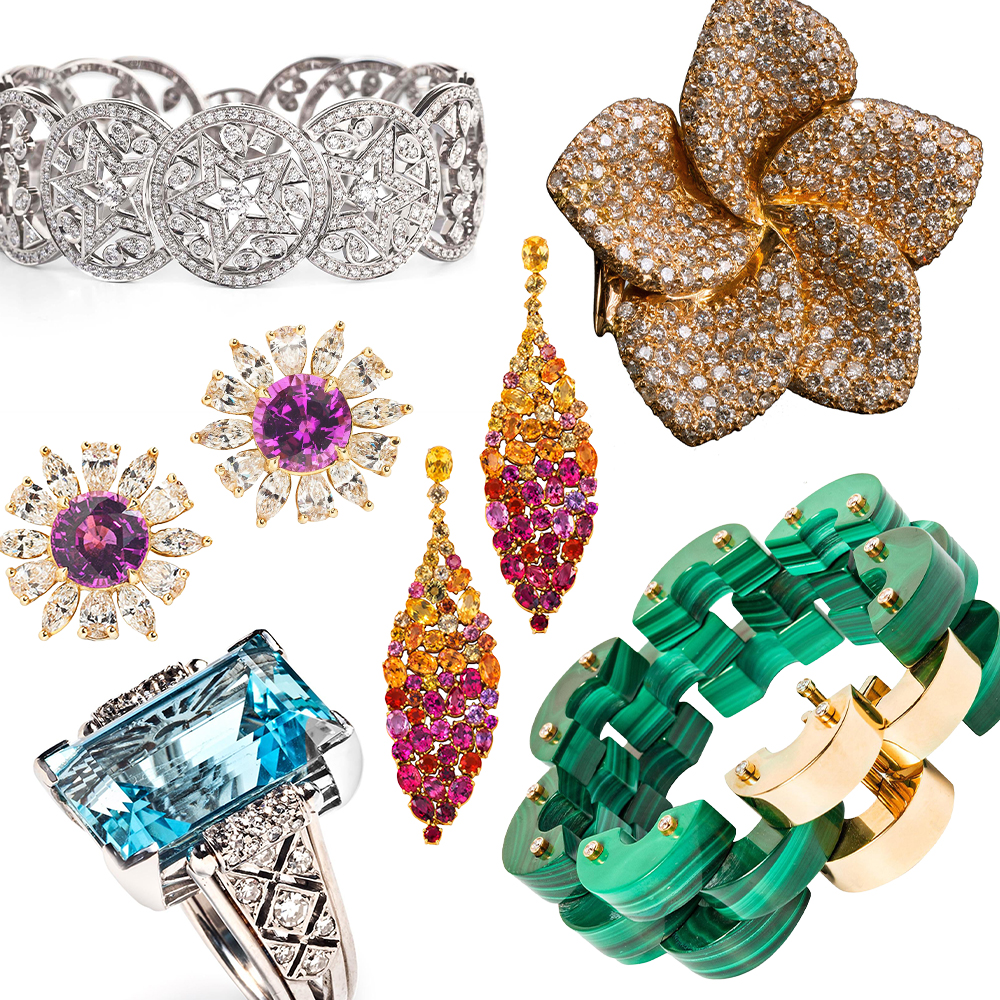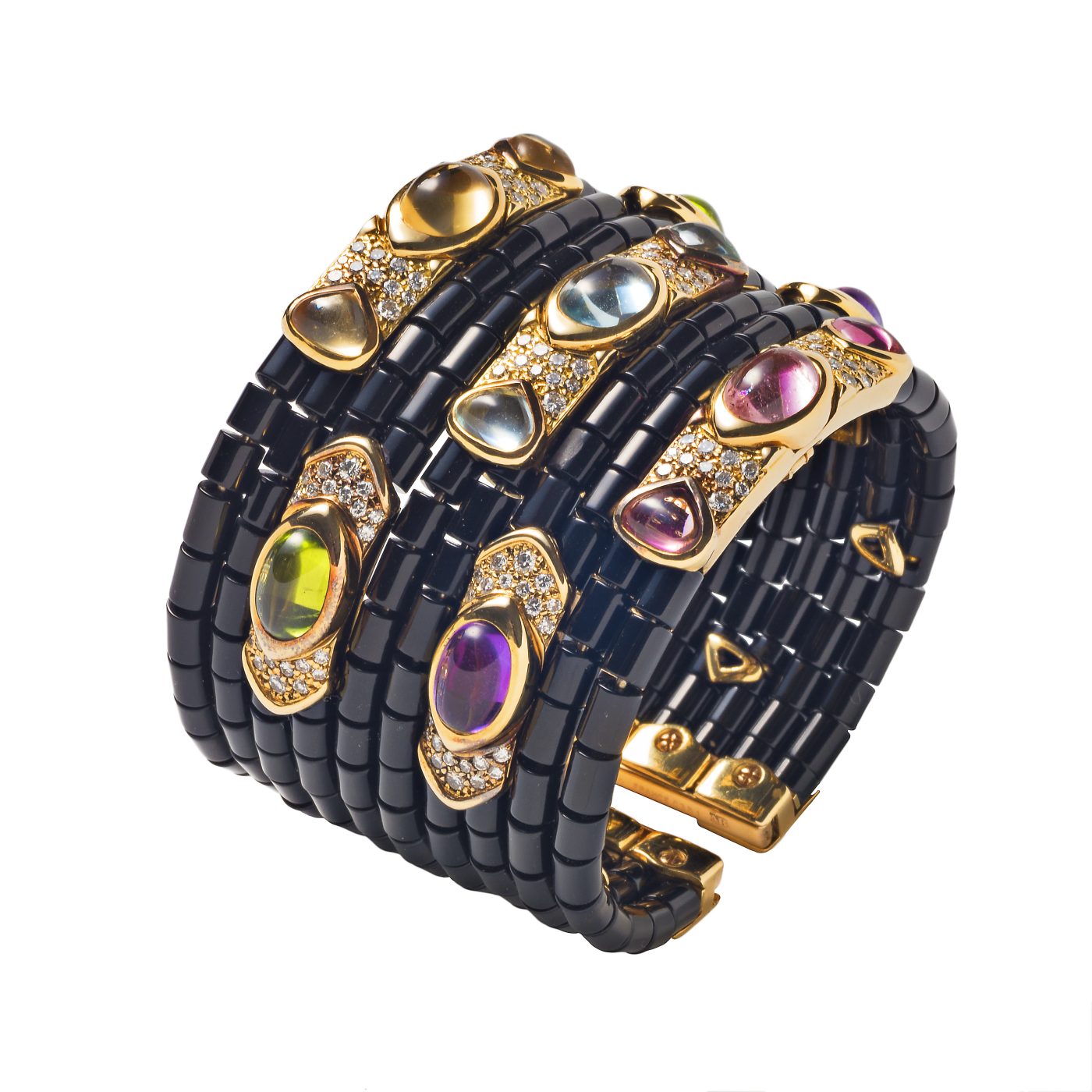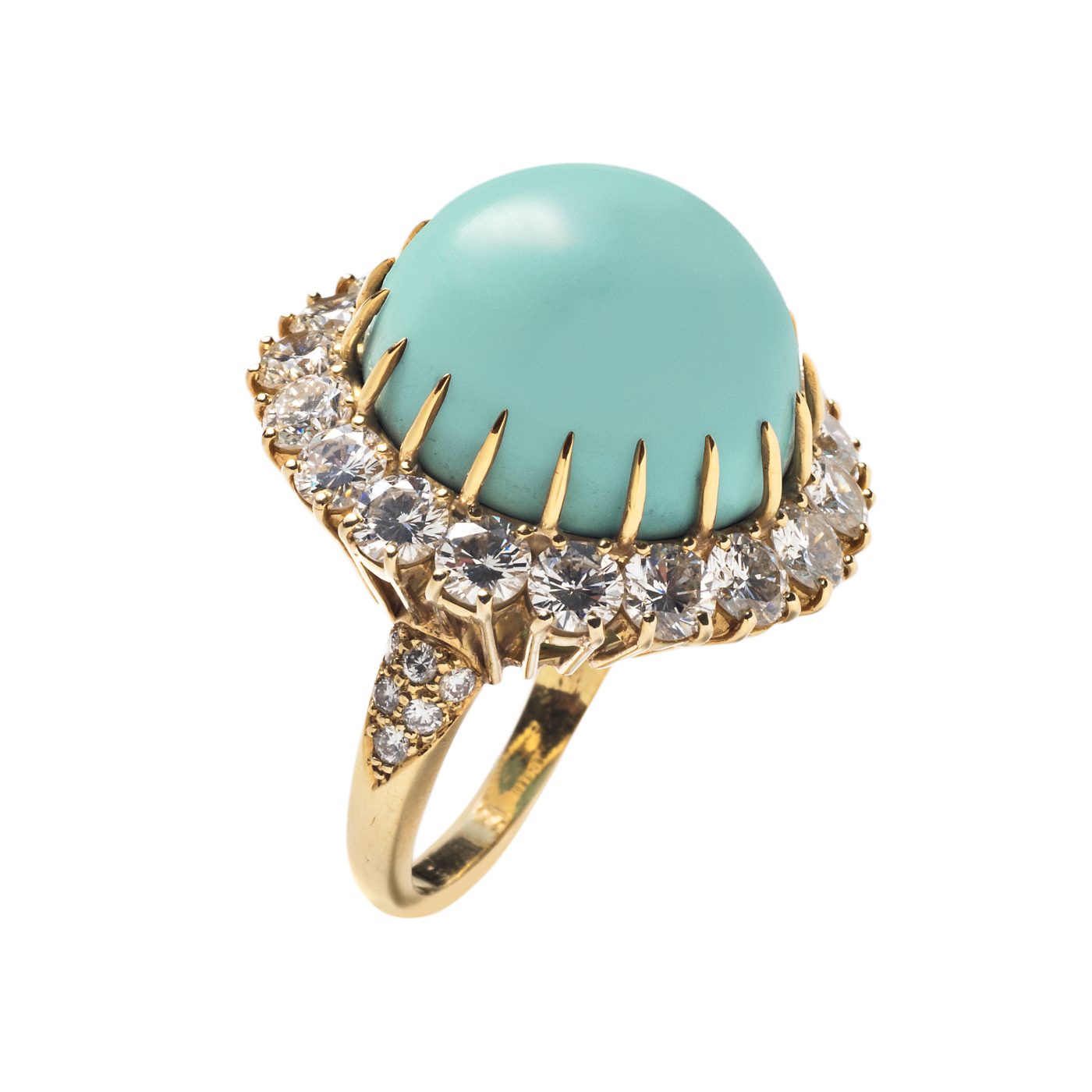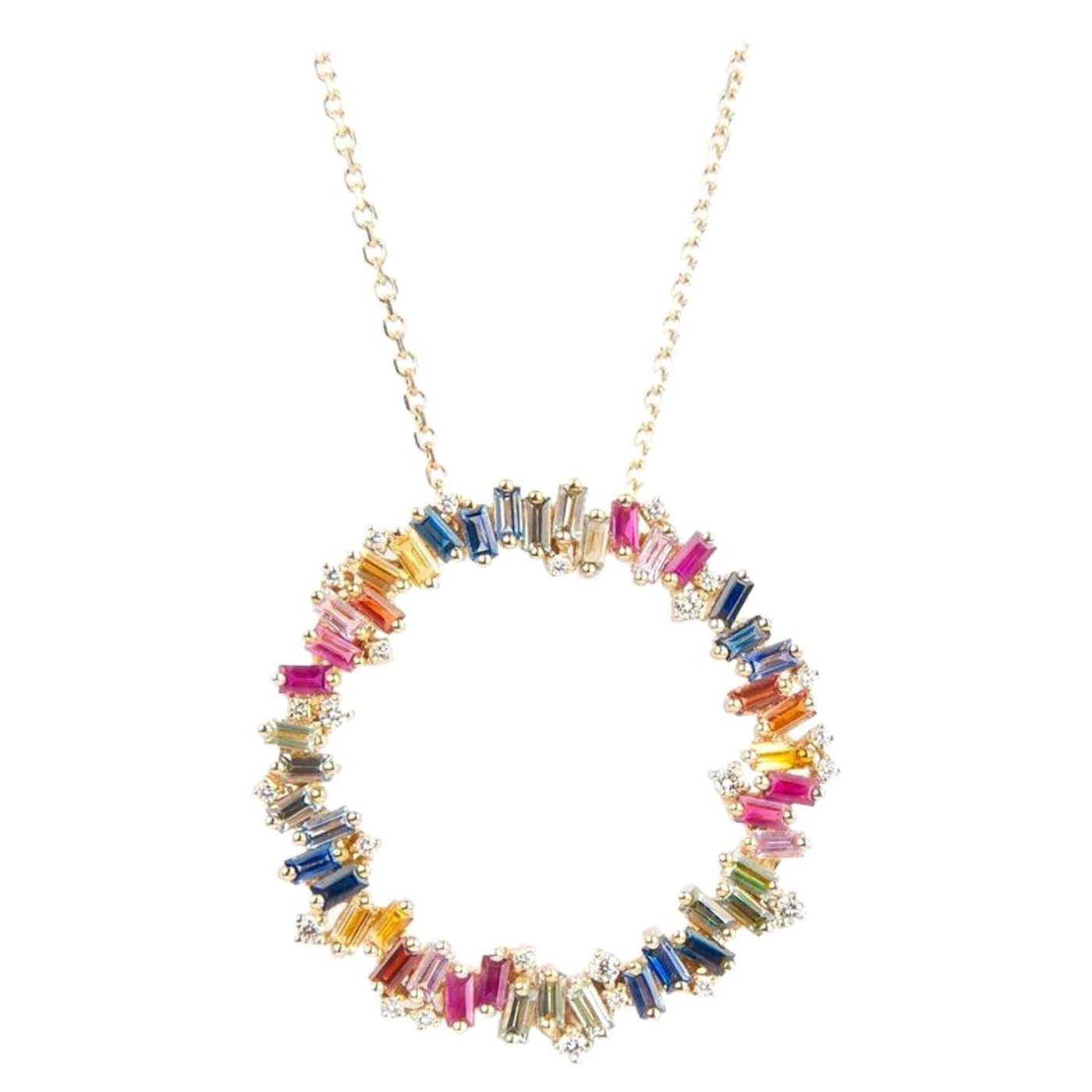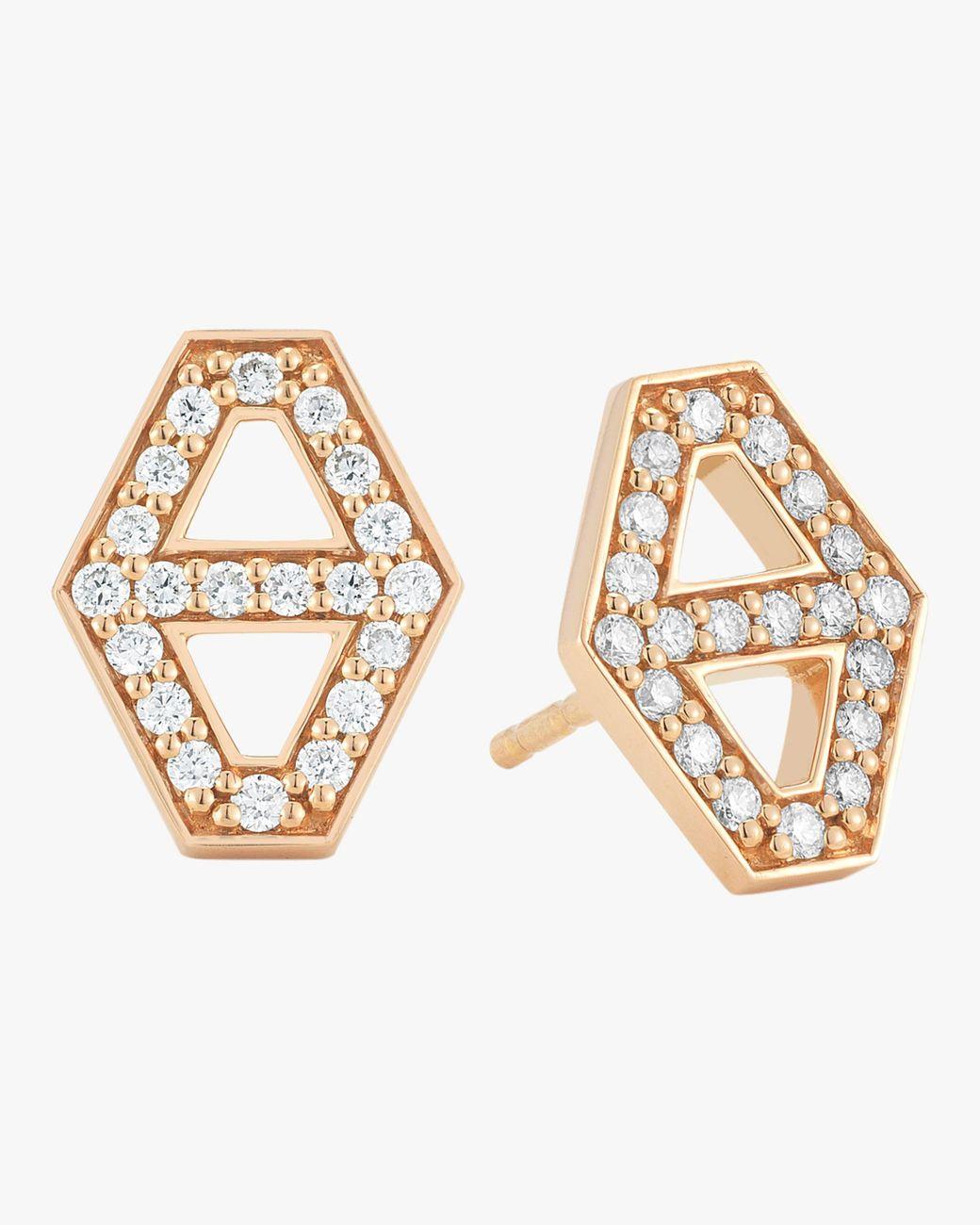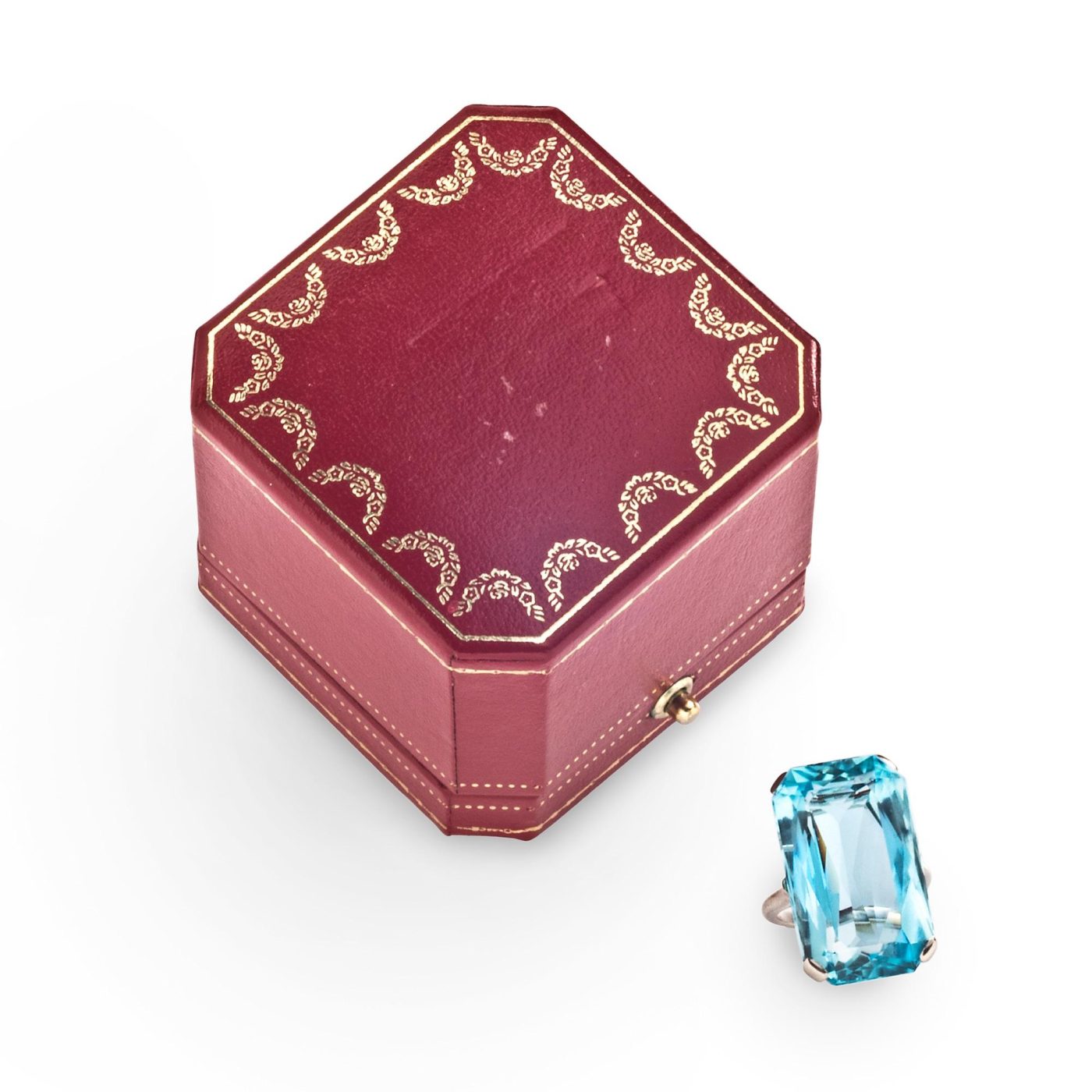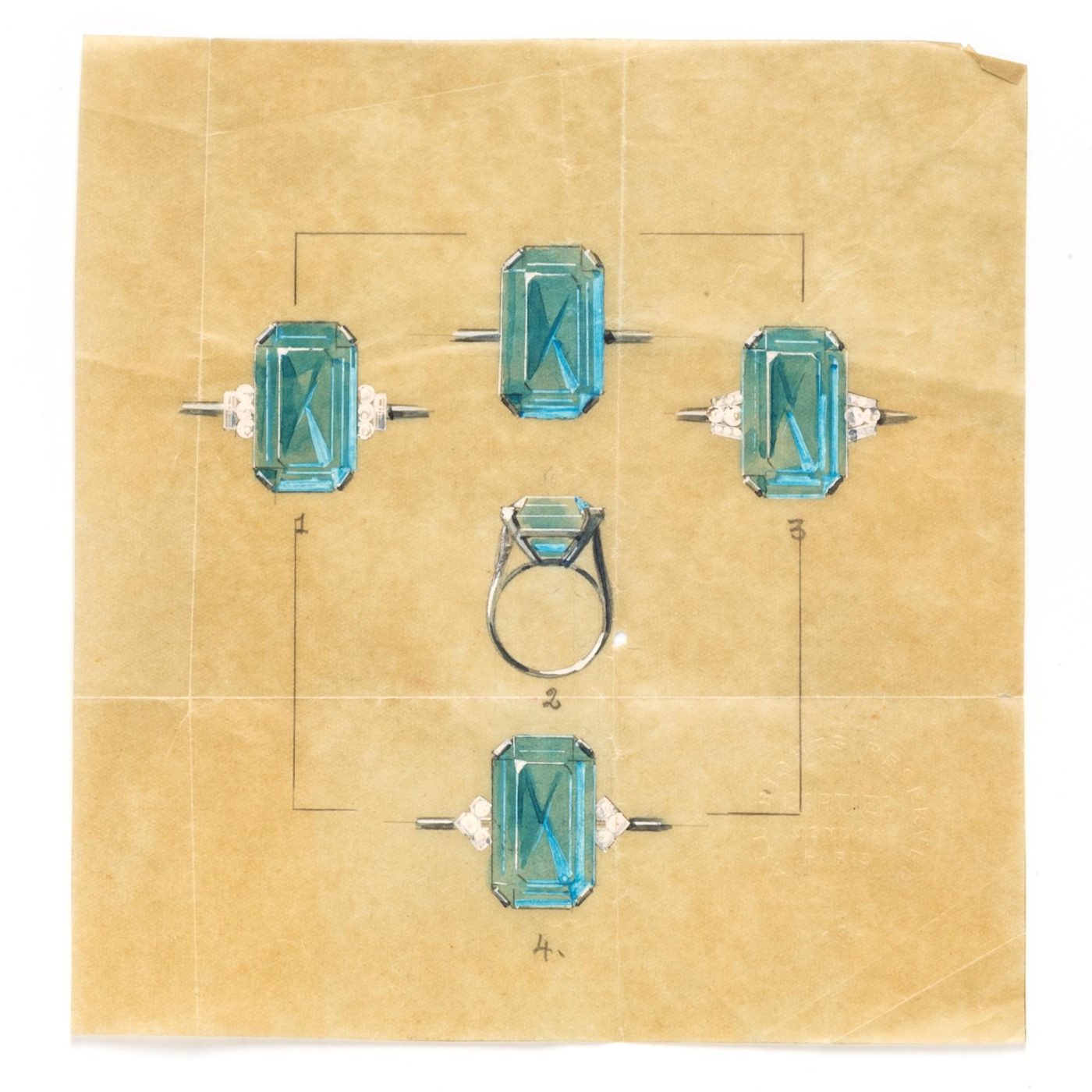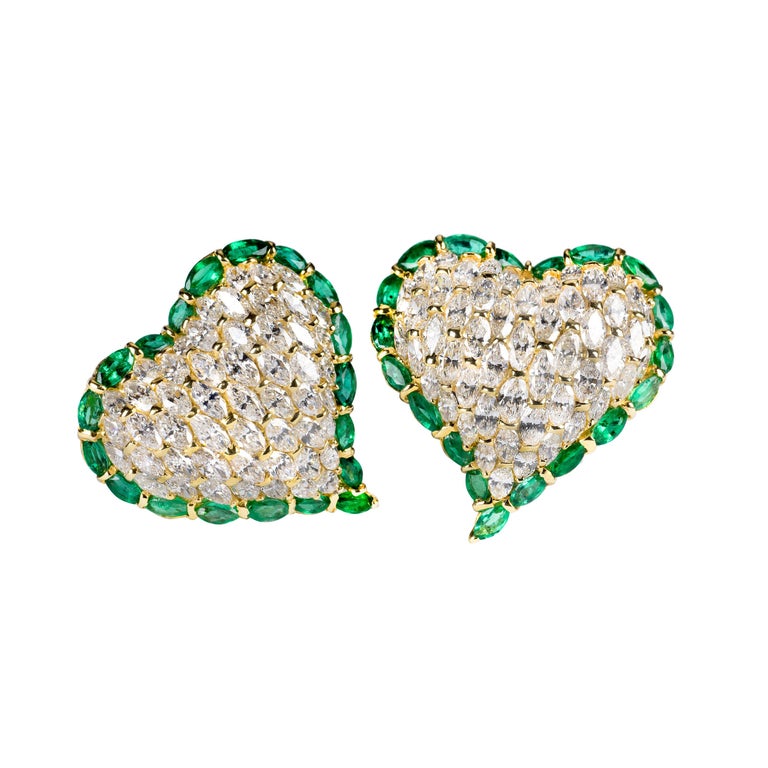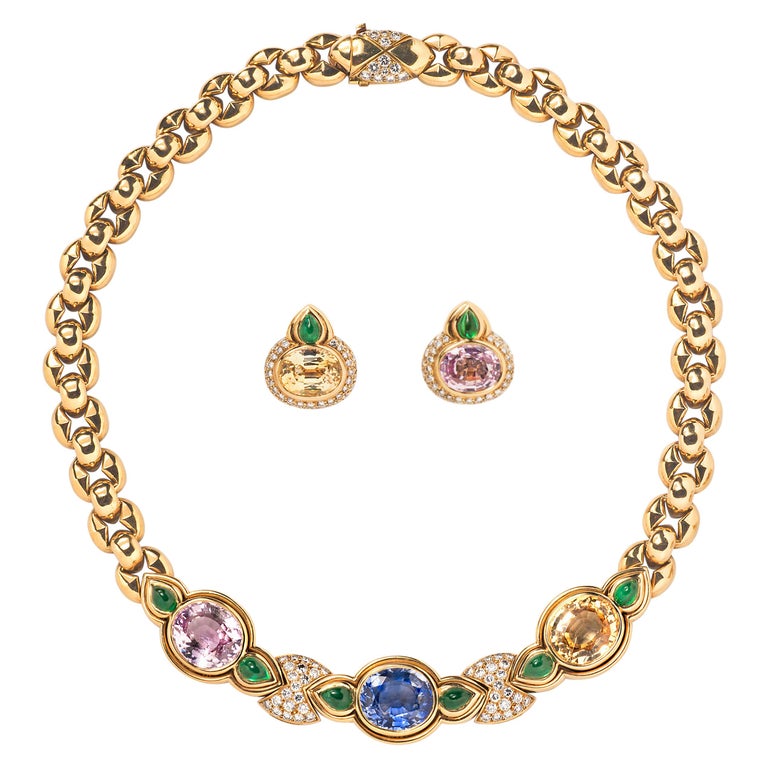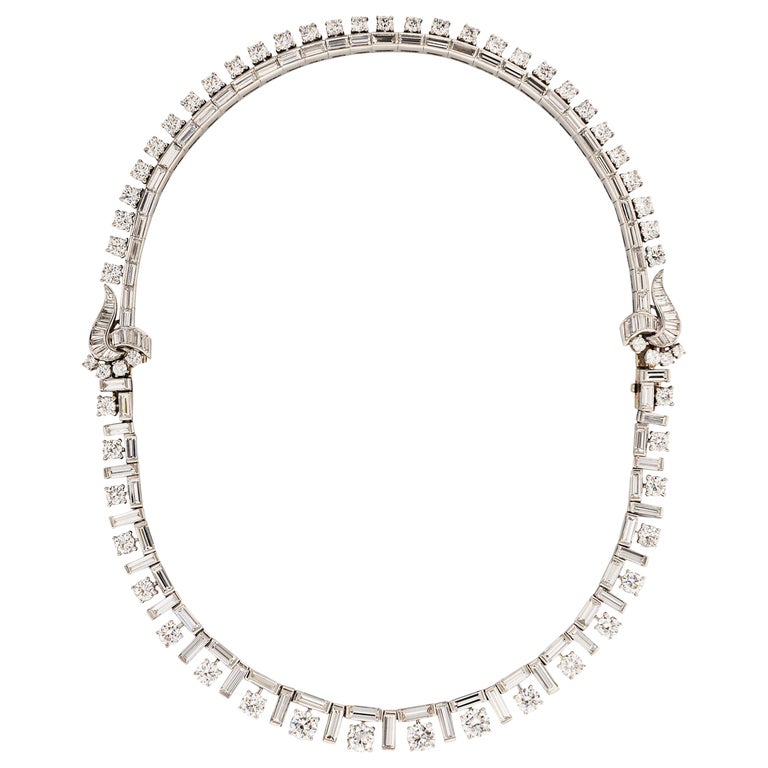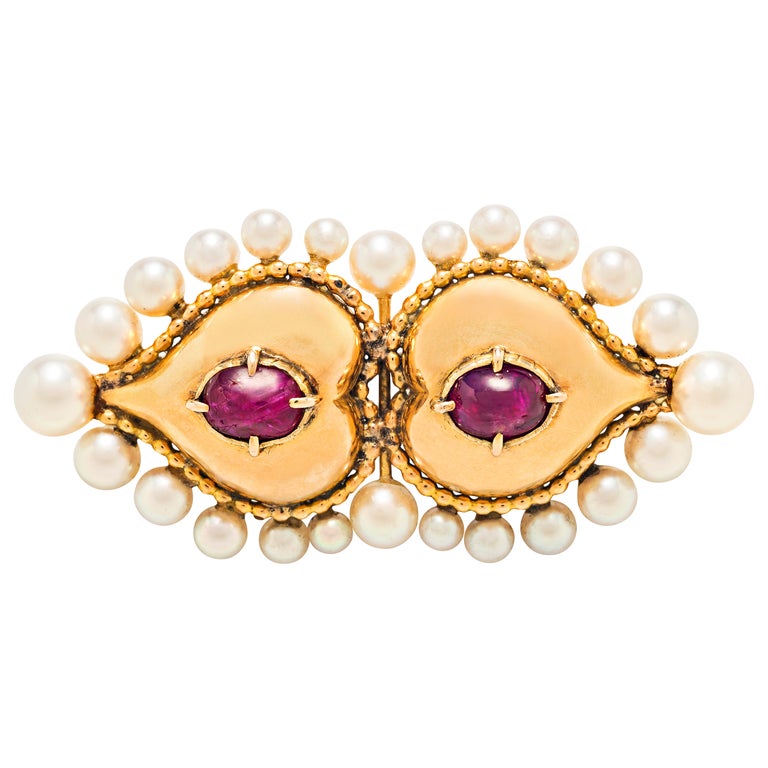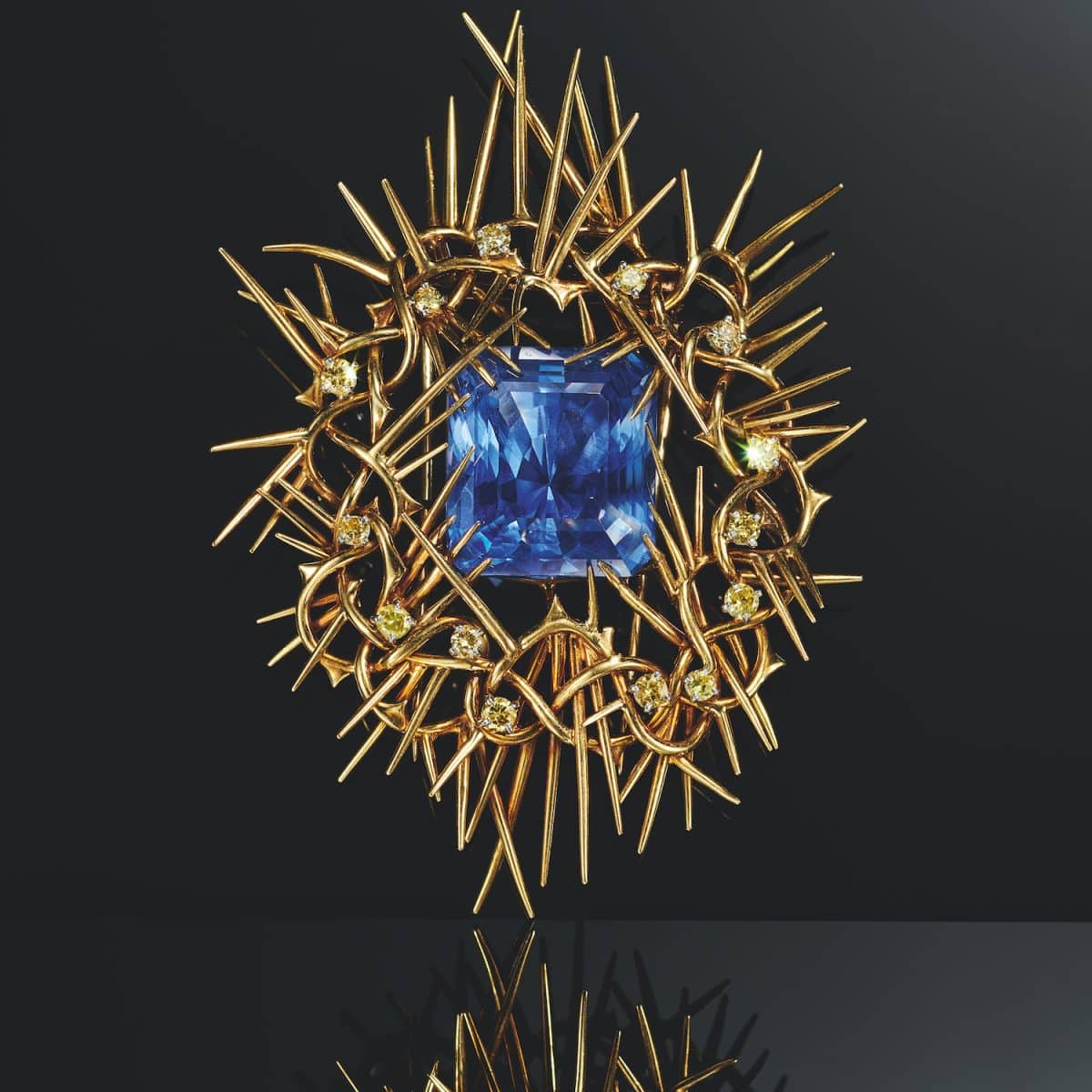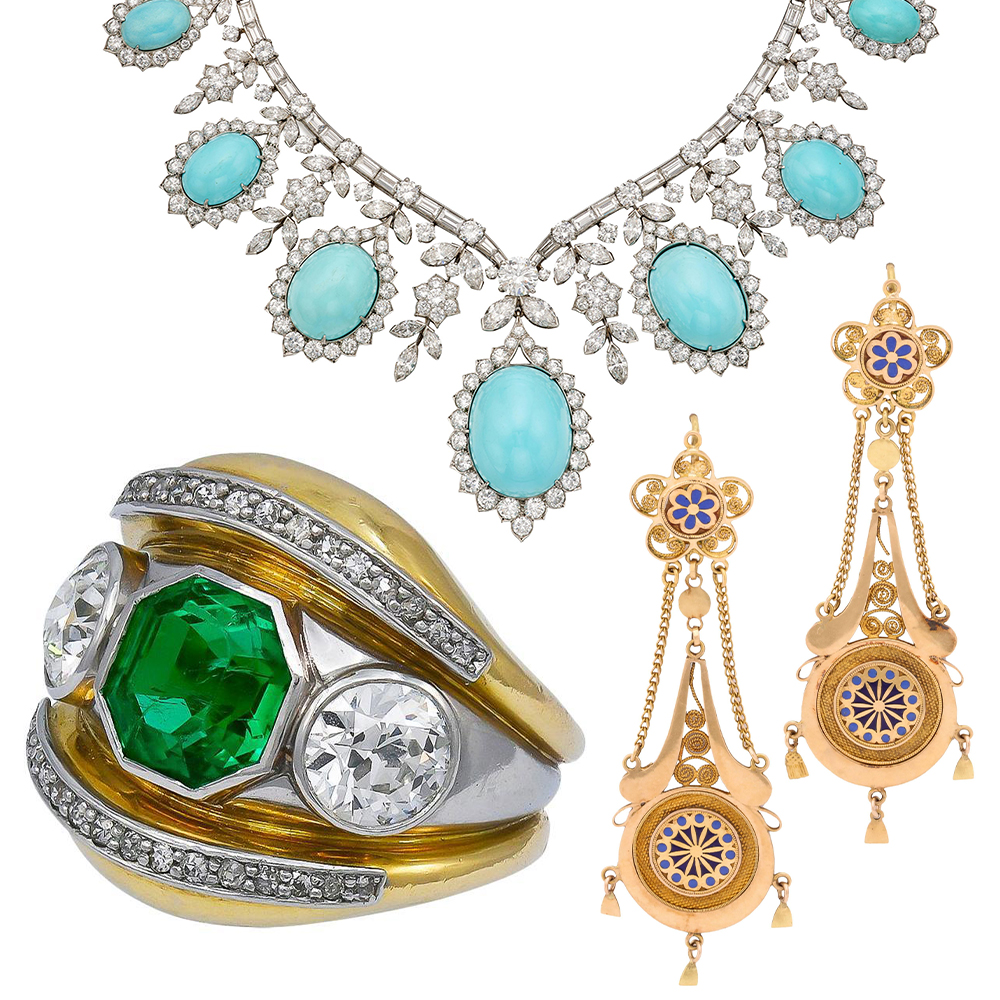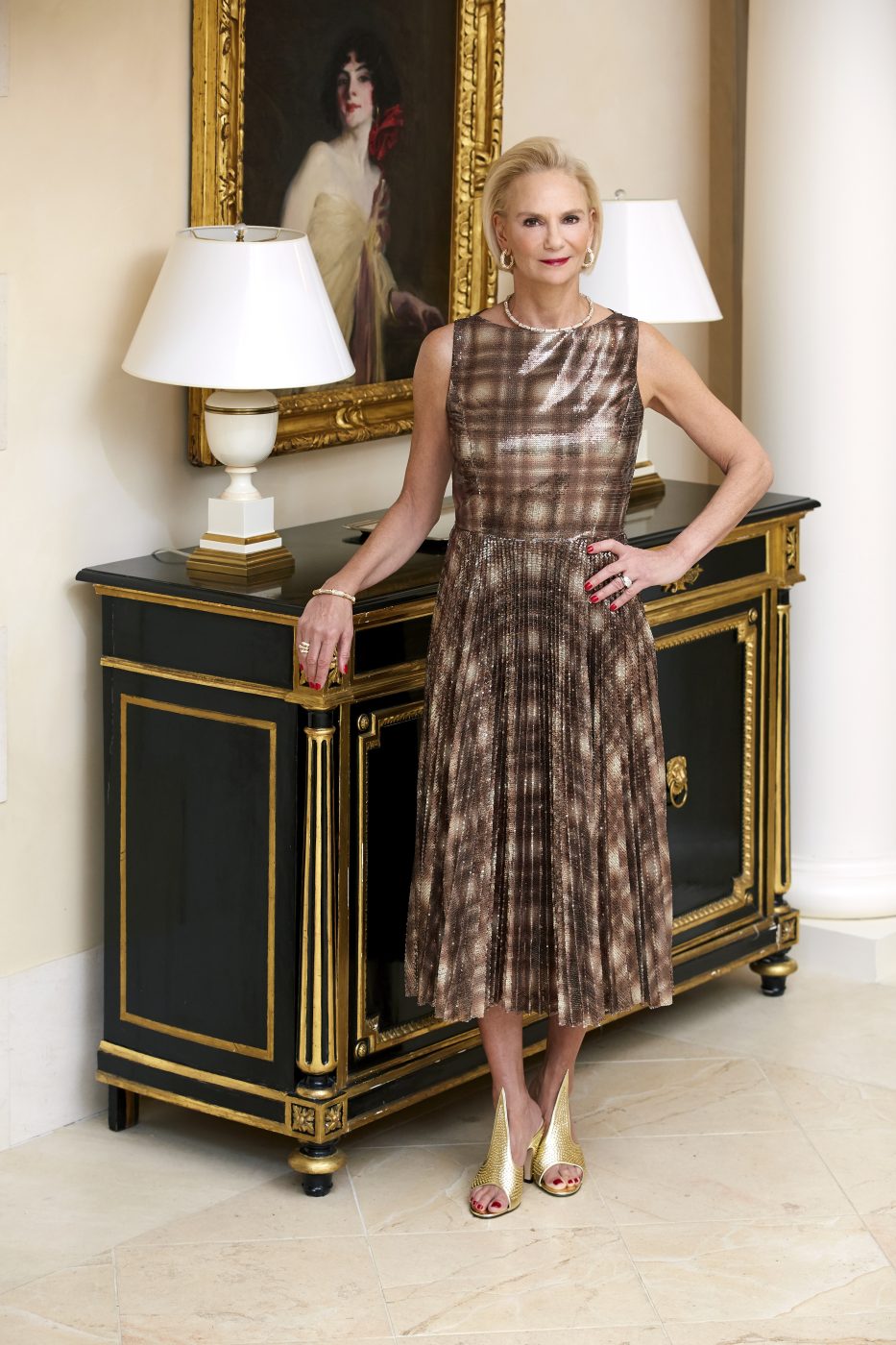
February 27, 2022Some jewelers are born into the business, while others find their way in via other avenues. For Tiina Smith, it was her passion for vintage jewelry — and enviably stylish mode of dress — that led her to open her eponymous boutique on Boston’s tony Newbury Street.
That was in 2017, on the heels of a successful career managing stock portfolios on Wall Street. “I had attended Harvard Business School and fell in love with the study of stocks and their underlying companies,” says Smith. “In many ways, creating a ‘portfolio’ of jewelry relies on the same skills as stock picking. The first thing one must do is to establish a strategy or overarching aesthetic: What will your portfolio/collection be about, what will it look like, what risks will you take and which are your stable players? One must impose rigorous evaluation, examine the concept of value for money and think about asset appreciation and diversification.
“I began to collect vintage jewelry a few years after college, when I was living in Manhattan with its huge number of vintage treasure troves,” she continues. “I found the shopkeepers eager to share their knowledge as I hunted.
“I was often complimented on my jewelry and asked who had put together the looks I was wearing and where I found certain pieces,” says the Massachusetts-born and raised Smith, who is named after her Estonian mother. “It gradually occurred to me that maybe there was a niche for me in this business that I already loved and knew quite a lot about.”
In just a short time, Smith has cultivated a devoted community of collectors and connoisseurs and expanded her online presence to reach a global clientele. All crave a steady supply of the best of the best Art Deco, retro and 1960s pieces by great master jewelers — Cartier, Bulgari, Boivin, Belperron and beyond. Bostonians enjoy the Tiina Smith Gallery’s salon-like atmosphere as much as the jewelry on display. Smith and her team often entice local customers back with robust educational programming and special events, whether a talk by the creative director of the jewelry brand Marina B or a formal exhibition exploring the connection between fashion and fine jewelry.
Ahead, a conversation with Smith about curating, collecting and her personal taste in jewelry. Spoiler: Luscious pink gemstones figure prominently!
The proximity of your boutique to the recently opened Newbury Hotel means you have international tourist clients as well as Bostonian regulars. What styles, eras and designers are high on their wish lists?
Being on the first block of Newbury, we are surrounded by Boston’s most luxurious boutiques, which draw a sophisticated local and tourist crowd. Boston has some serious jewelry collectors, and to them, we sell mostly one-of-a-kind pieces by Belperron, Boivin, Michele della Valle, Cartier, Bulgari, Van Cleef & Arpels and others. We find the tourists who stay at the Newbury like bigger and bolder pieces, like Oscar Heyman flower brooches, colorful nineteen-sixties David Webb earrings and Bulgari statement necklaces.
Is there an era of vintage jewelry that you’re known for — and particularly fond of?
The nineteen-sixties is my birthday decade, and therefore I have a particular interest in jewelry from that period. I find that many clients similarly have an interest in pieces made in the decade they were born. I also love the Retro period, the stylistic era from the mid-nineteen-thirties to the early-nineteen-fifties, that was defined by the upheaval brought on by World War Two and societal changes including the growing independence of women. Platinum was conscripted for the war effort and many gem mines were closed. With these changes in available materials, designers focused on bold gold pieces that featured more readily available stones like aquamarines and citrines from Brazil. With wartime rationing, clothing became more austere and women used their jewelry to jazz up their looks. Retro jewels are characterized by extravagant forms and bold scale — think cocktail rings, tank bracelets and fan brooches — with pieces that reflected the war’s influence, including patriotic ruby, diamond and sapphire elements. How history affected design, materials and style of jewelry is one of my interests and a cornerstone of how we educate clients.
On your 1stDibs storefront, you have mixed in contemporary pieces by the likes of Sylva et Cie, Walters Faith and others. How do these jewelry designers fit into the world of Tiina Smith?
We cater to both experienced collectors and new buyers. With every piece we offer, we look for exceptional craftsmanship and materials combined with a timeless, sophisticated style. The contemporary brands we carry are known for their superior stones and design expertise, and they fit well within our overall collection. We love introducing young buyers, who are drawn to the great diamond pieces by Melissa Kaye or Suzanne Kalan, to the iconic work of twentieth-century master jewelers like David Webb and Seaman Schepps. We believe that if we can turn a young person on to a finely made contemporary piece, we can gradually teach them a bit about the history and craftsmanship of the great master jewelers, and eventually they may become a vintage jewelry lover.
Is there an item in your vault that you probably will never part with?
Yes, “The Feathered Cloak” designed by Francesca Amfitheatrof. It appeared in the 2017 Tiffany Blue Book [Tiffany & Co.’s annual high jewelry collection] titled “The Art of the Wild.” It is a single six-and-a-half-inch feather made from multiple articulated diamond strands strung on a sixteen-inch diamond chain. The total diamond carat weight is approximately forty carats. I style this as a necktie, wearing it under collars of dresses or blouses. It’s simply fantastic!
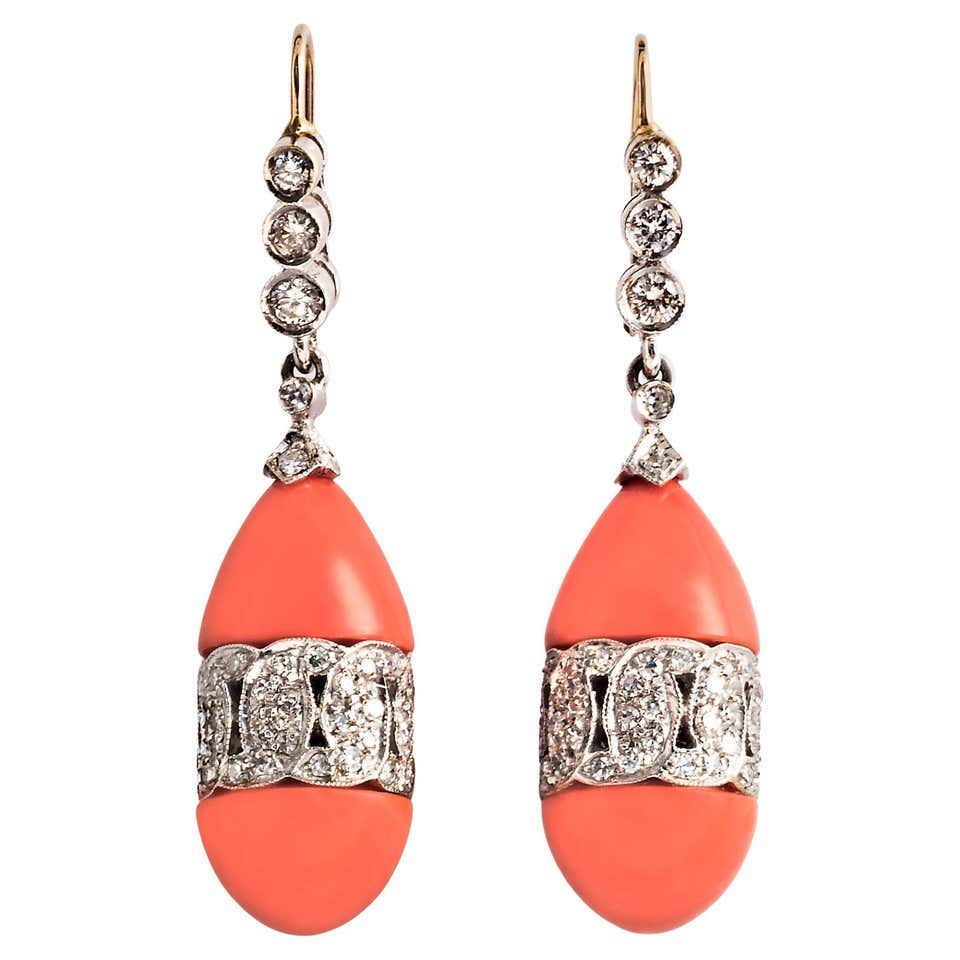
What about other jewelry you personally wear — what are your signature pieces, the ones you return to again and again?
An eight-carat fancy light pink antique cushion-cut Type IIA diamond set by Oscar Heyman in the simplest and most delightful ring. A pair of pink tourmaline earrings by Jean Schlumberger for Tiffany — the tourmalines are the pink of perfection and each is cradled in a nest of diamond leaves. A Bulgari mother-of-pearl and unheated colorful sapphire sautoir, which is one-of-a-kind and was made for the one-hundred-and-twenty-fifth anniversary of the brand. A fabulous pair of coral, ruby and baroque pearl earrings by JAR that once belonged to a princess.
Any jewelry-collecting trends that you are observing, to give our most passionate 1stDibs collectors the edge as they seek out the best of the best?
We’re seeing very strong interest in rare Art Deco pieces, particularly those made by Cartier. We currently have an exquisite Cartier London aquamarine ring from the late nineteen thirties that is accompanied by its original drawing. And speaking of aquamarines, they’re suddenly on everyone’s wish list. We have a pair of mid-century aquamarine and diamond ear clips, also by Cartier, that are so easy to wear and a spectacular Boivin Deco acquamarine and diamond ring designed by Juliette Moutard. The Museum of Fine Arts, Boston, recently acquired Boivin’s iconic starfish brooch, which is now on view. This has sparked a renewed interest among collectors in acquiring Boivin pieces.
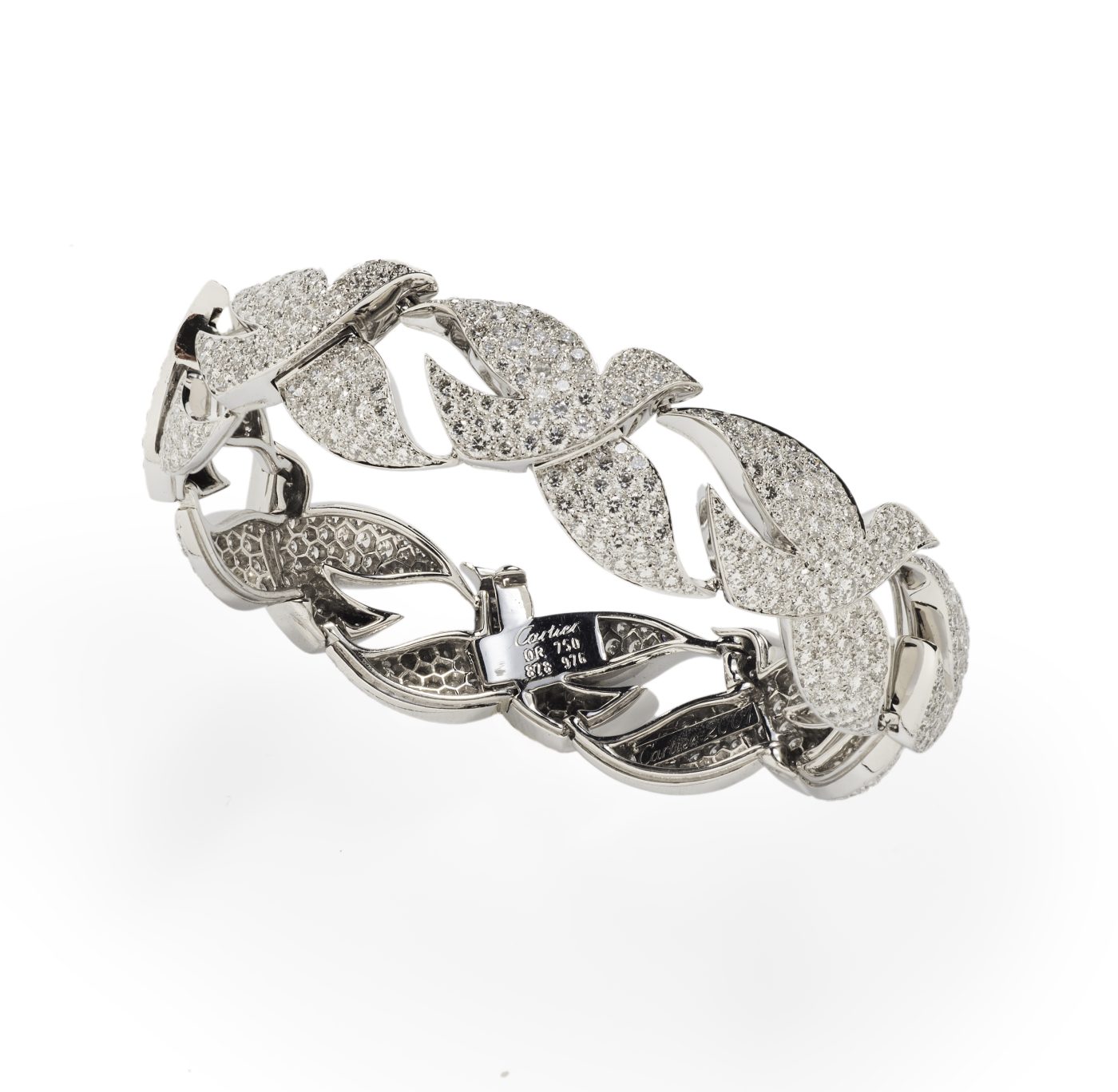
What advice do you have for younger high-end jewelry collectors? Can you narrow the field for them with some shopping/acquisition tips?
Buying quality is more important than buying quantity, so I think a young person looking to build a collection should focus on buying one jewel at a time, choosing pieces that work together and that are signed by the master jewelers. They should look at their lifestyle and habits to determine which pieces they would wear most. I always believe in acquiring knowledge as you look to acquire a jewel. Do research by visiting jewelry shows and boutiques, reading books and following jewelry historians, auctioneers, makers and writers on Instagram. This will help them figure out what a fair price should be for a certain piece. And finally, always know your source. The most frequent way people get into trouble with issues of authenticity is by buying from the wrong seller.
